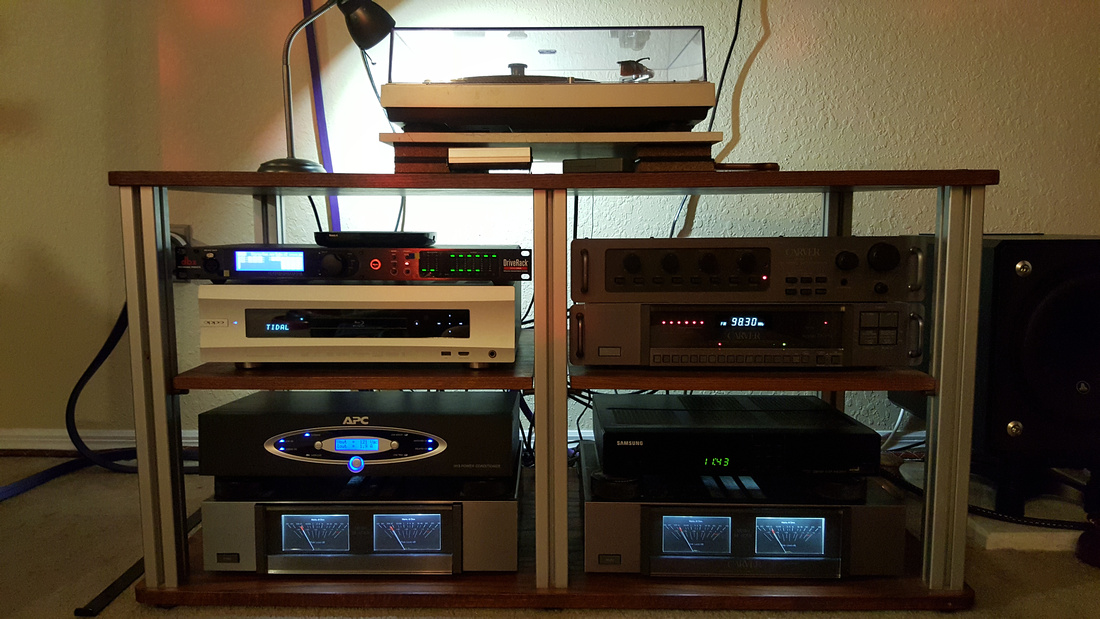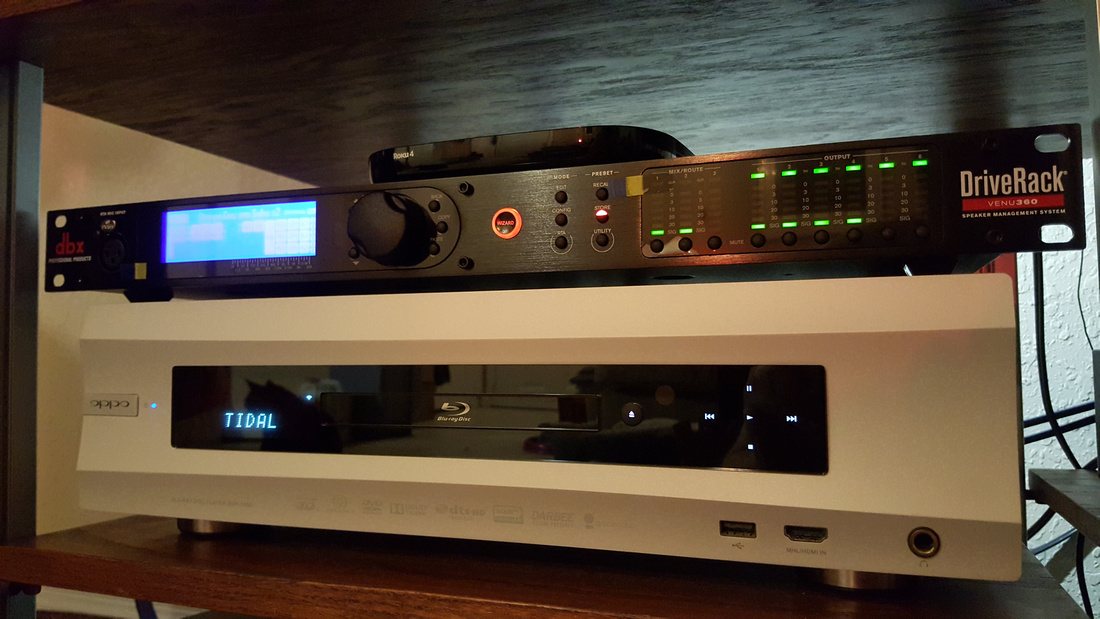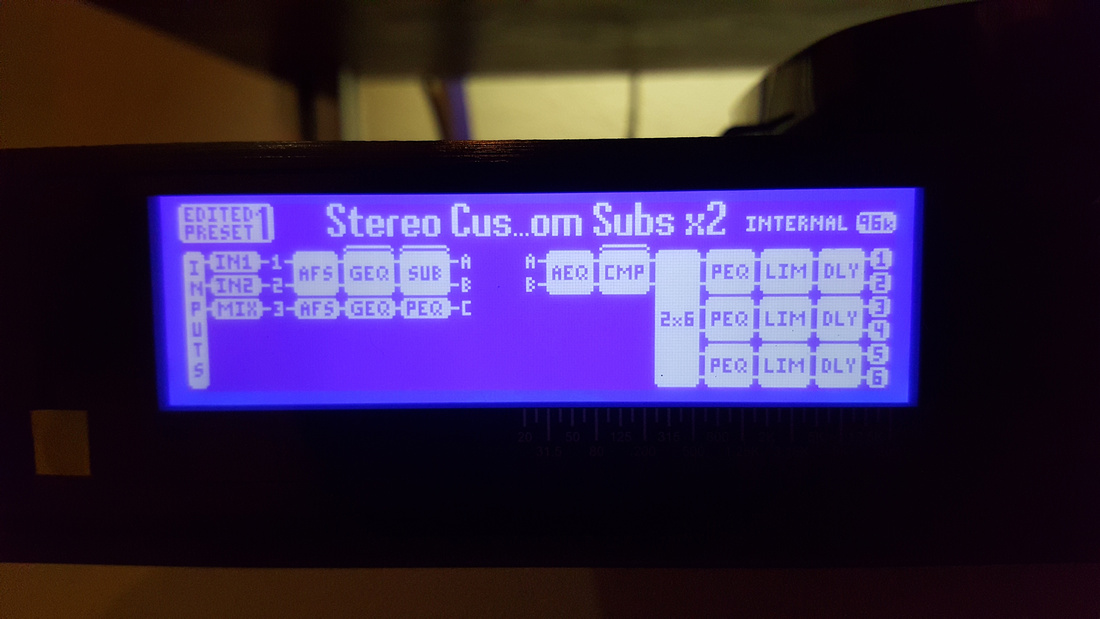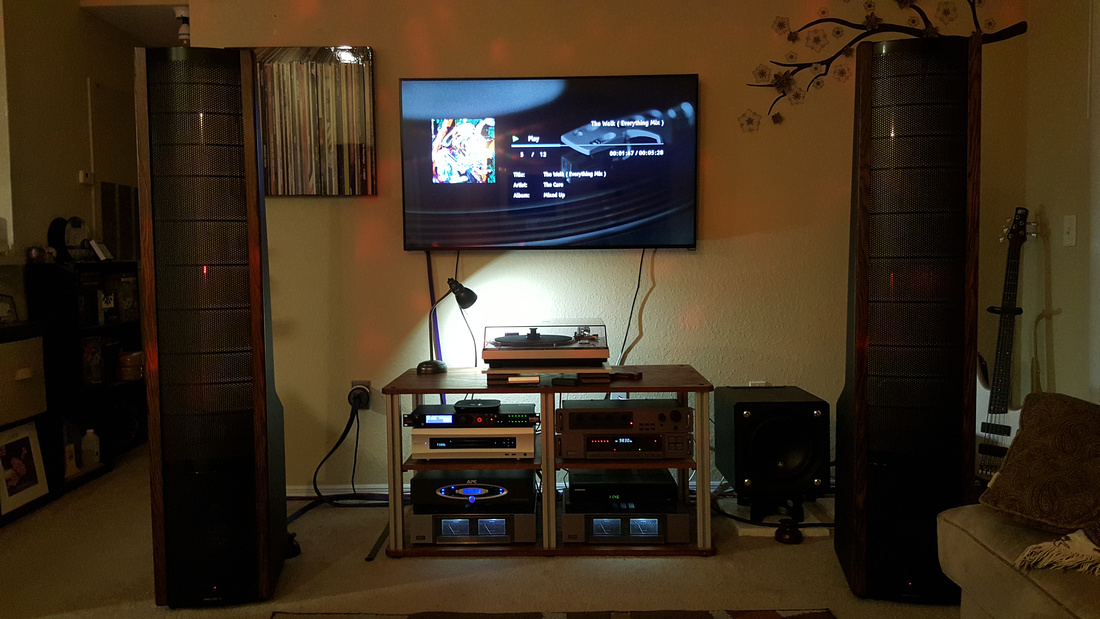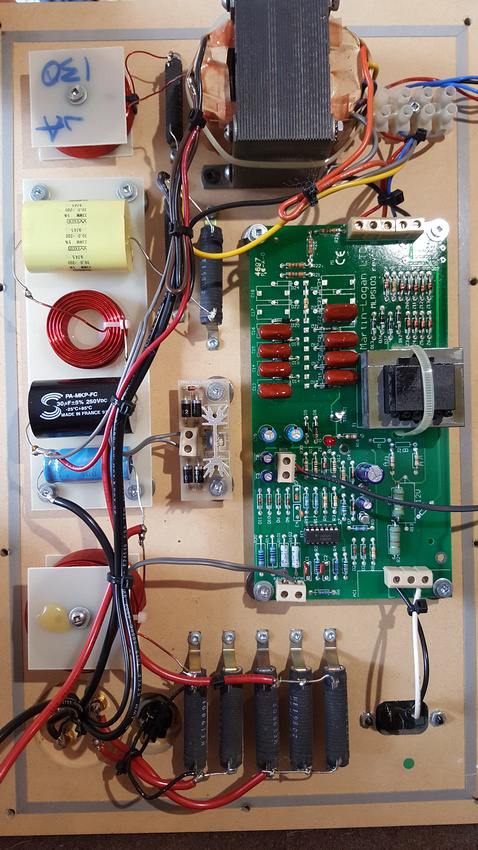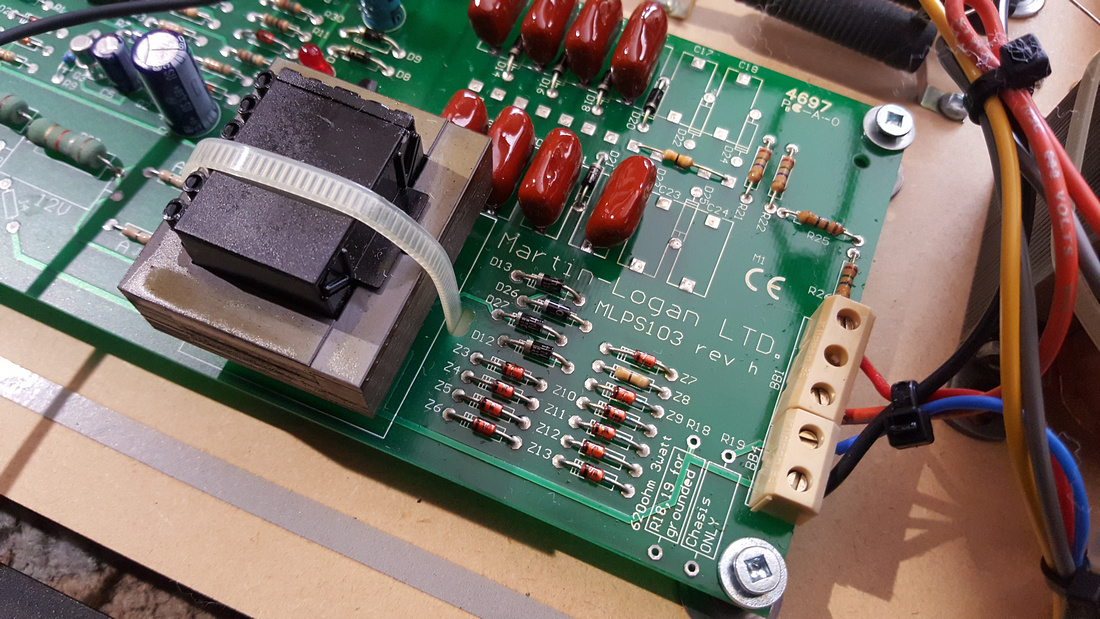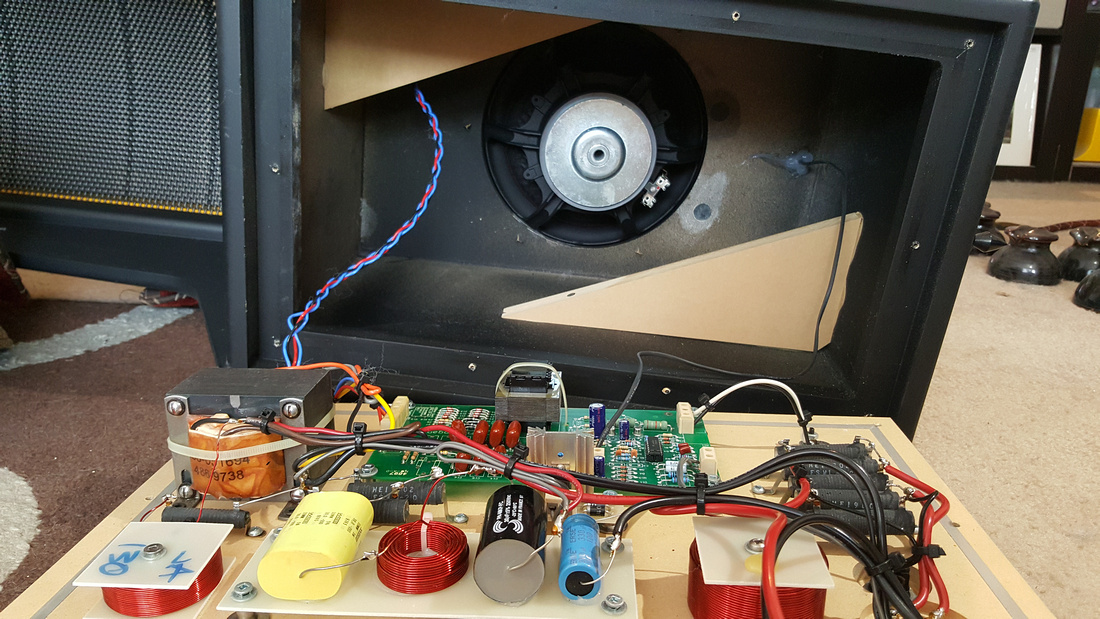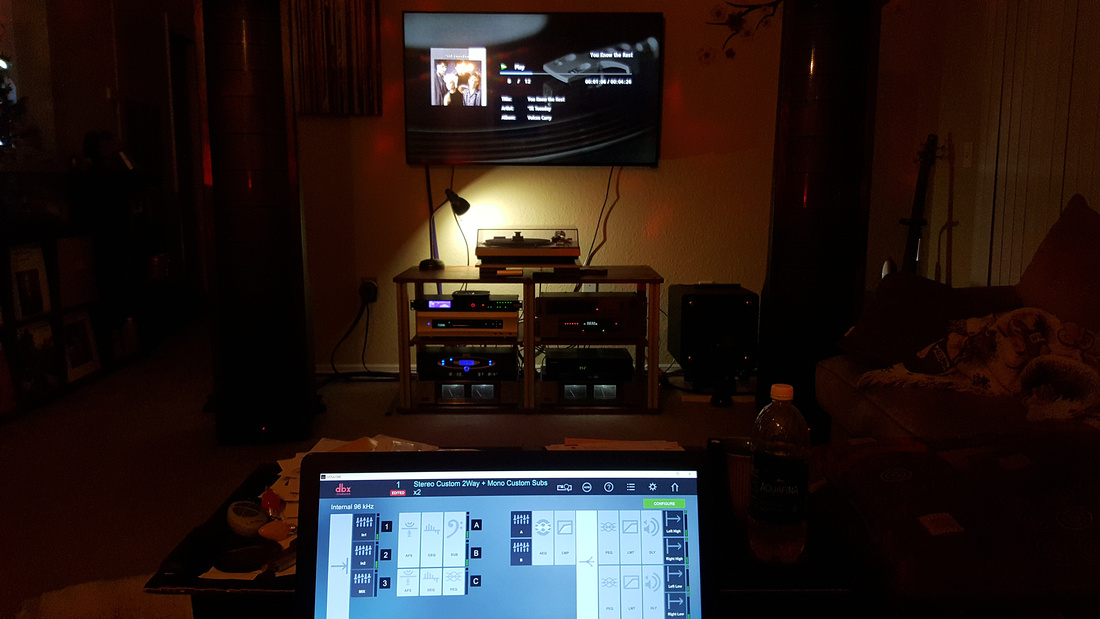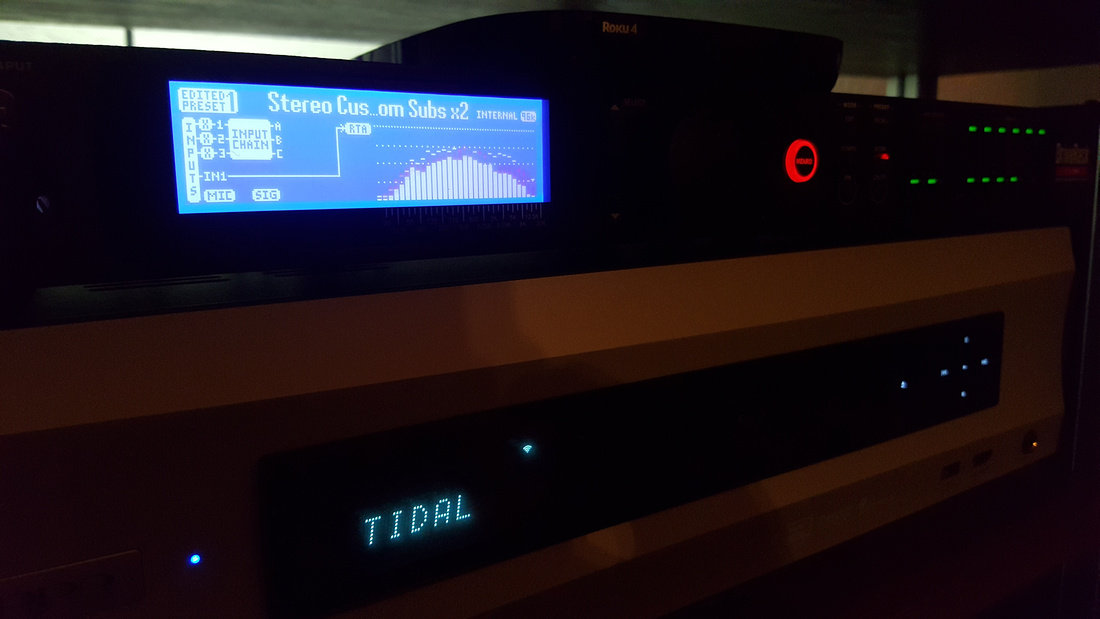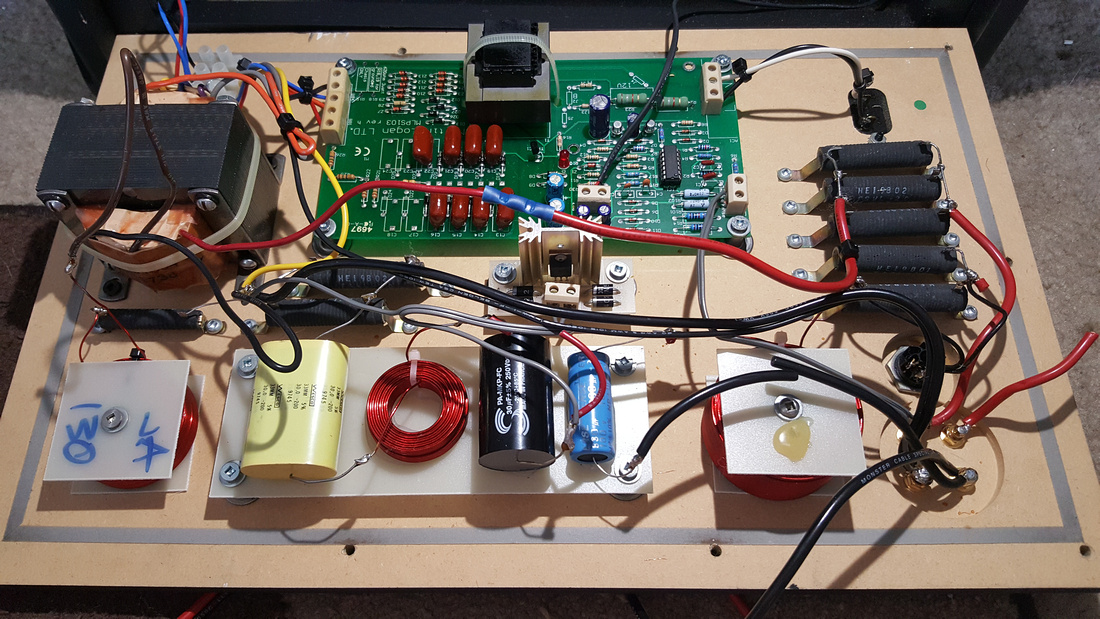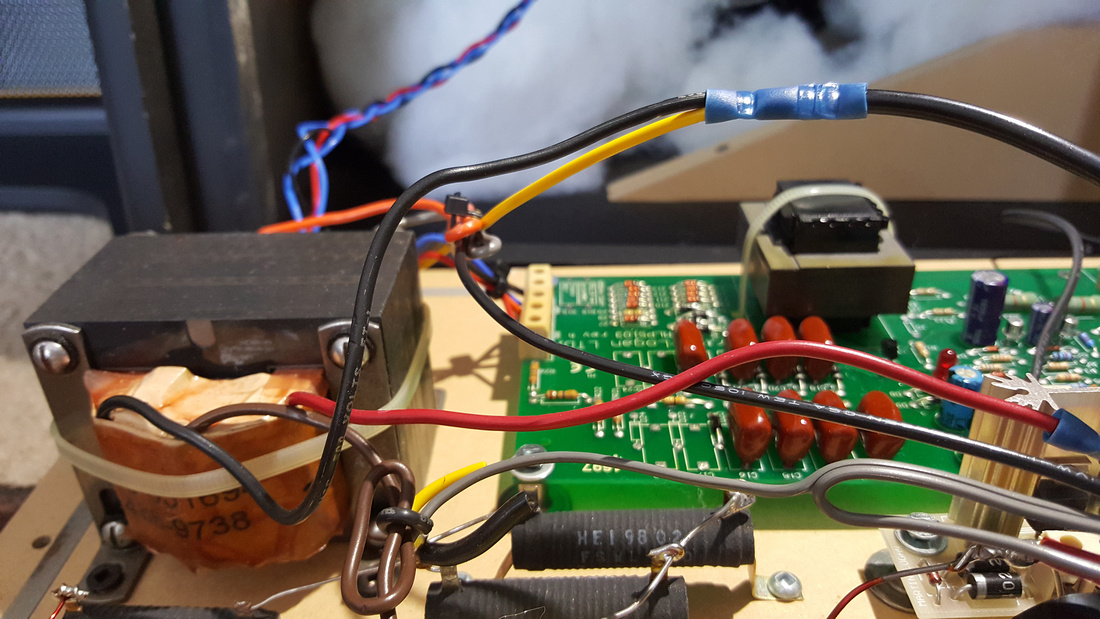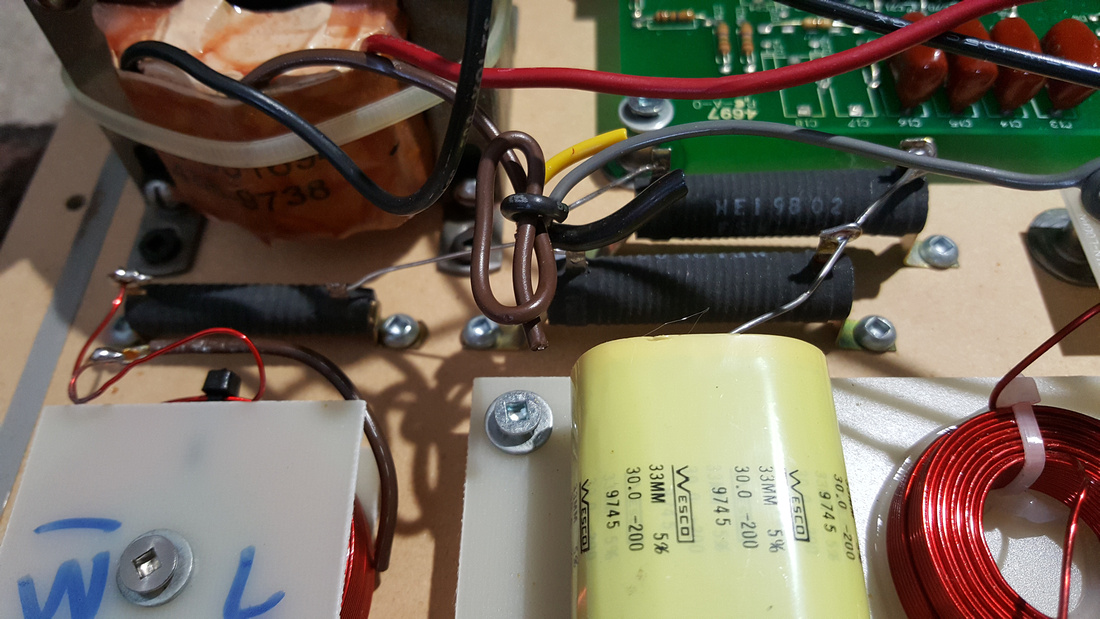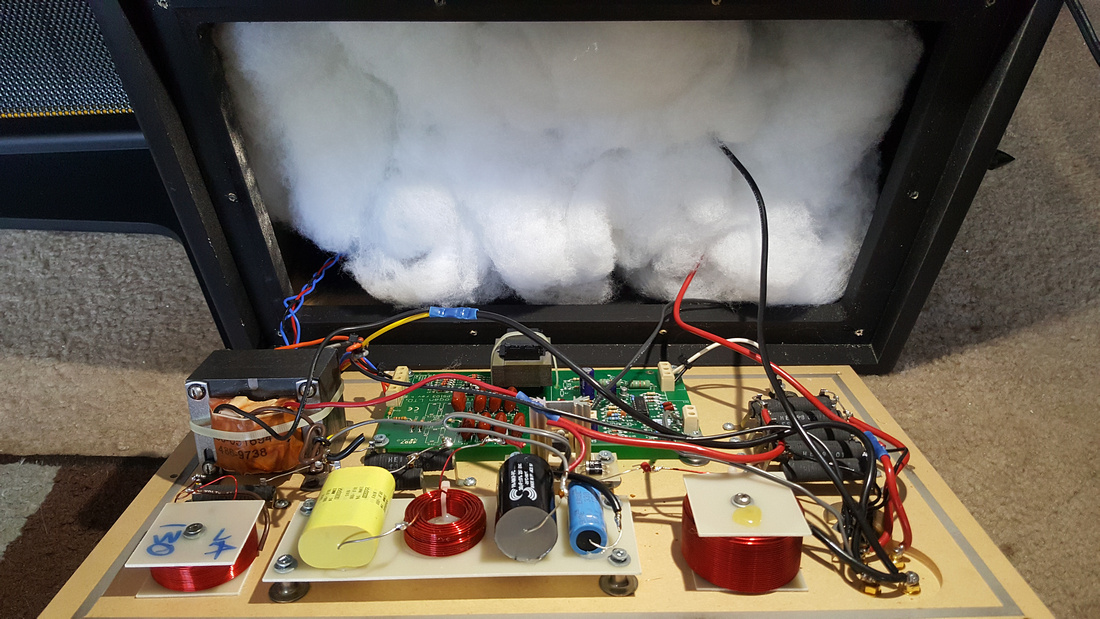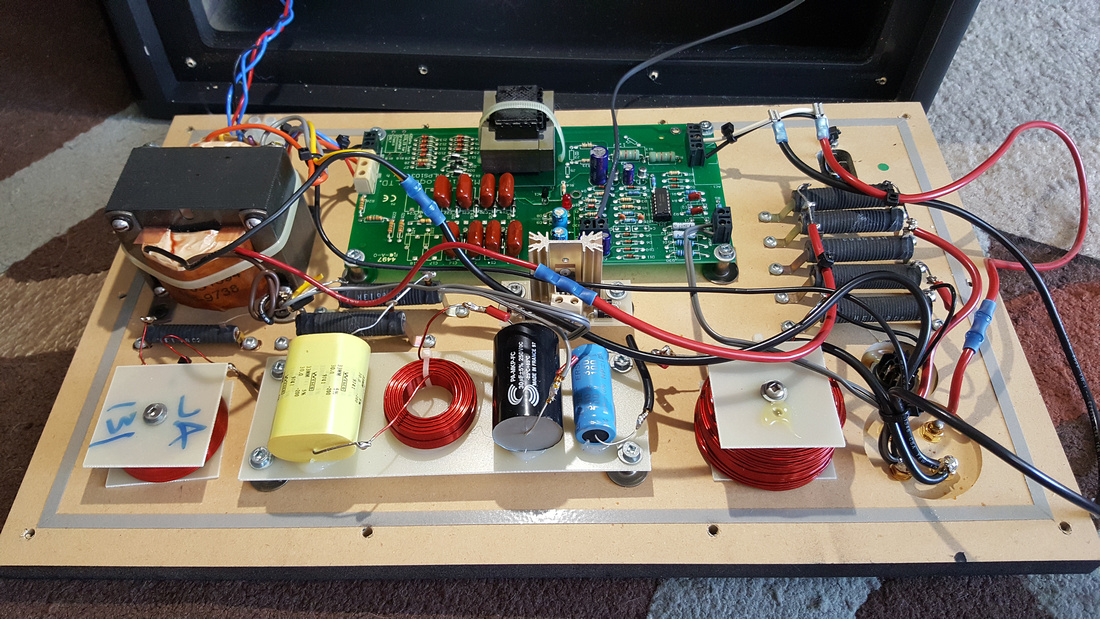Chops
Well-known member
This isn't my first time doing this. In past systems, I have used active crossovers and multiple amps to power speakers before, both name brand speakers, modified name brand speakers, and DIY designed and home built speakers. So as far as active x-overs and multi-amp setups are concerned, I'm no stranger.
In those past systems, I used a dbx Project 1 223, Behringer CX3400, Rane AC22B, and finally, a Behringer DCX2496.
My thing is, and the reason I'm starting this thread is because that was 10 years ago when I last used active x-overs and such (Behringer DCX2496). The big thing these days are active crossovers in the way of DSP, now typically called "Speaker Management System" or something like that.
I know and understand the benefits of DSP, choosing any frequency and roll-off slope you want, better control and flexibility of everything, but the thing that concerns me is the AD/DA conversion. It's just a bunch more converting of the signal that I don't particularly care for. That's why the more I think about it, the more I just want to go with a good ole' fashion analog active x-over. And yes, I know the DCX2496 was this way.
As some of you may know, I have a pair of Martin Logan SL3's. I just recently starting vertically bi-amping them with a pair of updated/upgraded Carver M-500t MkII's, one of which I just received this past week. This alone has made a drastic improvement in stereo imaging, stage width and depth. Bass is also better. I was quite shocked at these improvements to be honest. So obviously there are benefits in bi-amping alone.
What I want to do with these ML's is completely bypass the internal passive x-over for the woofer since I have read repeatedly that this is the biggest and best upgrade you can do to these speakers do to the massive inductor utilized in the stock network. That makes perfect sense and I'm fine with that, but then there's the subject of the ESL panel...
Bypassing the passive network of the ESL panel is a bit more involving though also beneficial. For one, unlike the woofer, you can not simply remove the network and be done with it. The panel requires a power supply to operate it. It also requires not only a notch filter to help with its own resonance, but an EQ filter as well to help with the dipole roll-off. So instead of simply running a (+) and (-) wire directly to it from the binding post like you do with the woofer, you have to bypass the passive network but keep the power supply there, which has to have the amplifier signal run through it before it gets to the ESL panel. Makes sense, but a bit more complex. Then the issue of the notch and EQ filters.
Either I can leave the panel's network in place and just upgrade the capacitors in it for some improvements and leave it at that, or I can bypass it and do the above via an analog crossover and EQ, or get something like the DCX2496 or dbx Driverack PA2 or dbx Driverack VENU360... a.k.a. - a LOT of $$$ for that last one. Or I could go with the miniDSP and matching mic. But then I hear issues about the miniDSP being noisy or its signal being clipped or not having enough output, though it is very affordable and very flexible with the optional add-on apps that can be purchased and downloaded for it.
I'm not too concerned about room corrections either as I think the ML's sound pretty good as is in this particular room. Of course, there's always room for improvement, but to do room corrections, that means even more DSP processing and AD/DA converting, which I really don't want.
Lastly, IF I decide to keep the passive network on the panel, it's crossed over at 250 Hz at I think 12dB per octave. When I run the active x-over to the amps, what would I set the high-pass to, 250 Hz as well, or lower? If I set it to 250Hz, with an analog active x-over, that would make it a 48 dB slope. I'm guessing I would just run the woofer at 250 Hz, 48 dB as well, but not doable with an analog x-over.
Your thoughts?
Oh, and if you're running an active bi-amped system, could you please mention what x-over you're running and why, and maybe a brief run-through of the settings?
Many thanks in advance!
In those past systems, I used a dbx Project 1 223, Behringer CX3400, Rane AC22B, and finally, a Behringer DCX2496.
My thing is, and the reason I'm starting this thread is because that was 10 years ago when I last used active x-overs and such (Behringer DCX2496). The big thing these days are active crossovers in the way of DSP, now typically called "Speaker Management System" or something like that.
I know and understand the benefits of DSP, choosing any frequency and roll-off slope you want, better control and flexibility of everything, but the thing that concerns me is the AD/DA conversion. It's just a bunch more converting of the signal that I don't particularly care for. That's why the more I think about it, the more I just want to go with a good ole' fashion analog active x-over. And yes, I know the DCX2496 was this way.
As some of you may know, I have a pair of Martin Logan SL3's. I just recently starting vertically bi-amping them with a pair of updated/upgraded Carver M-500t MkII's, one of which I just received this past week. This alone has made a drastic improvement in stereo imaging, stage width and depth. Bass is also better. I was quite shocked at these improvements to be honest. So obviously there are benefits in bi-amping alone.
What I want to do with these ML's is completely bypass the internal passive x-over for the woofer since I have read repeatedly that this is the biggest and best upgrade you can do to these speakers do to the massive inductor utilized in the stock network. That makes perfect sense and I'm fine with that, but then there's the subject of the ESL panel...
Bypassing the passive network of the ESL panel is a bit more involving though also beneficial. For one, unlike the woofer, you can not simply remove the network and be done with it. The panel requires a power supply to operate it. It also requires not only a notch filter to help with its own resonance, but an EQ filter as well to help with the dipole roll-off. So instead of simply running a (+) and (-) wire directly to it from the binding post like you do with the woofer, you have to bypass the passive network but keep the power supply there, which has to have the amplifier signal run through it before it gets to the ESL panel. Makes sense, but a bit more complex. Then the issue of the notch and EQ filters.
Either I can leave the panel's network in place and just upgrade the capacitors in it for some improvements and leave it at that, or I can bypass it and do the above via an analog crossover and EQ, or get something like the DCX2496 or dbx Driverack PA2 or dbx Driverack VENU360... a.k.a. - a LOT of $$$ for that last one. Or I could go with the miniDSP and matching mic. But then I hear issues about the miniDSP being noisy or its signal being clipped or not having enough output, though it is very affordable and very flexible with the optional add-on apps that can be purchased and downloaded for it.
I'm not too concerned about room corrections either as I think the ML's sound pretty good as is in this particular room. Of course, there's always room for improvement, but to do room corrections, that means even more DSP processing and AD/DA converting, which I really don't want.
Lastly, IF I decide to keep the passive network on the panel, it's crossed over at 250 Hz at I think 12dB per octave. When I run the active x-over to the amps, what would I set the high-pass to, 250 Hz as well, or lower? If I set it to 250Hz, with an analog active x-over, that would make it a 48 dB slope. I'm guessing I would just run the woofer at 250 Hz, 48 dB as well, but not doable with an analog x-over.
Your thoughts?
Oh, and if you're running an active bi-amped system, could you please mention what x-over you're running and why, and maybe a brief run-through of the settings?
Many thanks in advance!








